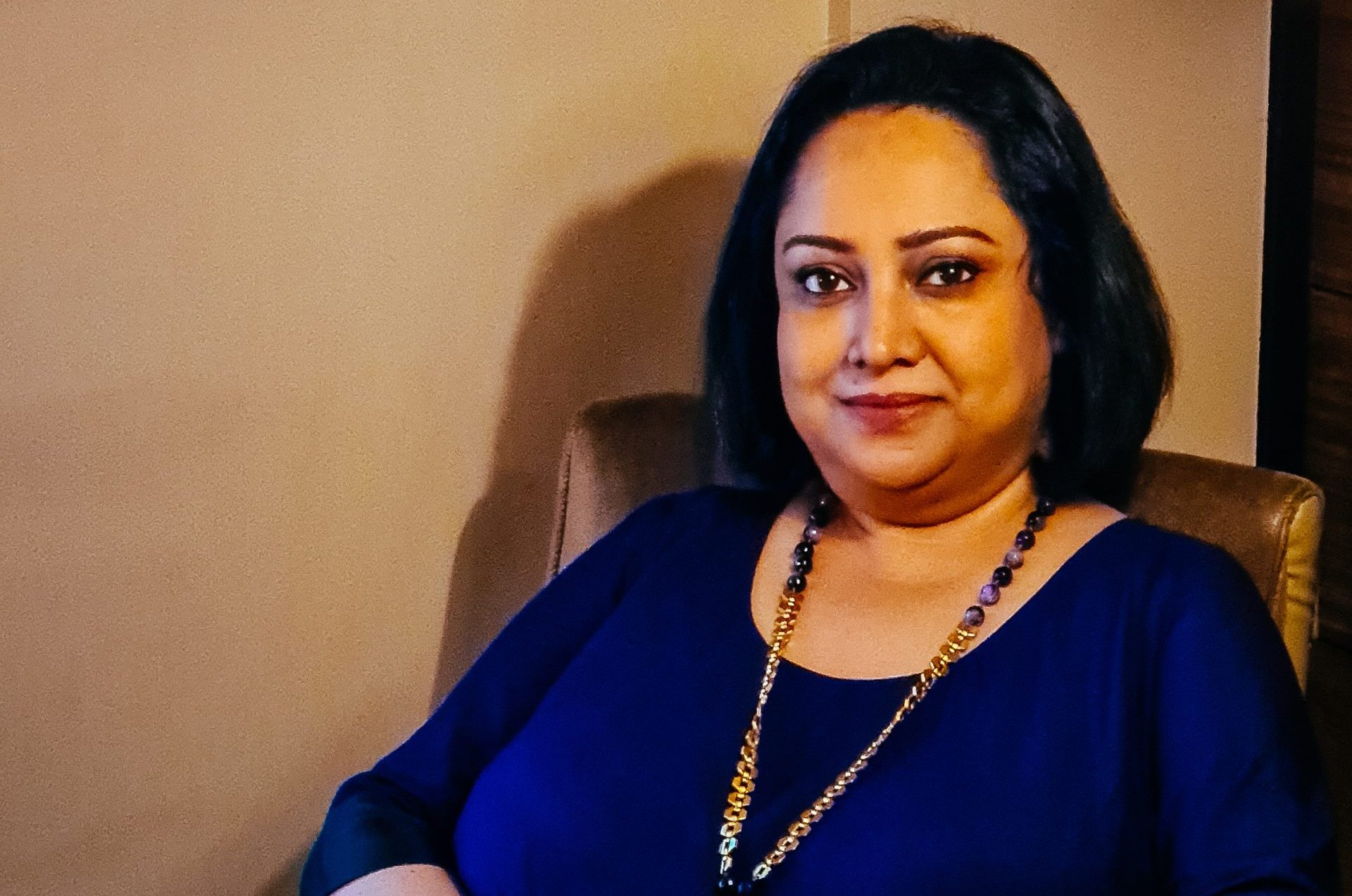Nilanjana Purkayasstha feels that the evolution of entertainment TV content has been conversely slow in our country!
#DhadkanZindaggiKii and #ChikooKiMummyDurrKei producer #NilanjanaPurkayasstha has shared TV trends and the reason why only few content providers and makers feel the need to evolve.
“As fast as the penetration of cable TV and DTH has been, the evolution of entertainment TV content has been conversely slow in our country. Thematically, fiction has revolved around family drama and the struggle of women within the home. Non-fiction has also remained mostly limited to song and dance shows,” she said.
According to her, the same brands and formats continue to do more of the same every year. “This is not to say that just because thematically things have remained the same, the shows are not popular or not well made. However, there has been no collective evolution and I don’t see that changing much in 2022,” she said.
From a business perspective, she stressed that people have to understand that the growth of cable TV and DTH is happening in the hinterland.
“Sociologically, the hinterland is where the urban populace was 15-20 years ago. In terms of relatability, these themes work just as well now, albeit for a different set of audience. Hence, very few content providers and content makers feel the need to evolve,” she said.
She also feels the need for people to accept that women are and will continue to be the core TV viewing audience of GEC.
“Patriarchy is strong in the markets where TV is the most accessible medium of entertainment. Hence, the women in these markets rarely have access to even mobile phones. Like everything else in their lives, even entertainment will continue to be a shared activity in shared spaces. Therefore, it is most likely that GEC content will continue to be family sagas and love triangles. They will definitely be women-centric,” said the producer.
“The hope is that we content makers will find ways to add something new to these family dramas and love triangles … newer attitudes, newer conflicts and more socially responsible messaging,” she added.
At her optimistic best, the hope is to show different worlds where women characters struggle outside the home to make a space for themselves in larger society. “The kind of worlds and characters that OTT strategists call ‘TV plus’. It is my sincere hope that the strategists in TV channels see there is merit in ‘TV plus’ for TV itself and we get to make and see women-centric shows that are not just saas-bahu sagas and love triangles,” she said.
Now as audiences have the option of OTT. On how television shows will bring the audience from OTT to TV, she said, “My personal view on this is that it will be very difficult for TV to get back those who have migrated to OTT.”
“There are three reasons for it. One, the convenience and intimacy of the personal screen that a viewer gets from watching shows on OTT. You can watch at a time of your own choosing, in an environment of your own choosing. Two, the variety of content on OTT is far more exciting. Once a viewer has experienced these two things, coming back to TV will not make sense for them. Three, most TV content is also available on sister OTT platforms, so why watch it in a shared space at an appointed time when you can choose when and where for yourself?”
She thinks the question should be – does TV even need to bring back the audience from OTT? “The difference in size of the two sets of audiences is huge. The idea of ‘many Indias’ applies to entertainment perfectly,” she said.
Asked if we are going to see more shows based on sports, action dramas or the flavour of 2022 will remain the same love and family dramas, she said, “I think it will remain the same till the TV industry accepts that the idea of ‘Hindi GEC’ is actually a fallacy now.”
“There was a time when the top-rated show easily got 20 TRP. Now the top rated Hindi serial is below 5 TRP. There are many reasons for it – Hindi speaking markets have strong regional TV also. Hindi GEC viewership is much more female-oriented, leaving out a large part of the audience that is male,” she added.
According to her, Hindi GEC has been steadily losing audiences in the higher socio-economic class and the youth.
“If we continue to view Hindi TV entertainment as ‘general entertainment’ and measurement metrics remain the same as it was 20 years ago, every content provider will continue to fight over the same pie, and consequently there will be no differentiated content on GEC,” she said.
“On the other hand, if different content providers accept that they can each create their own niche in the so-called Hindi GEC market, use different metrics of measurement based on relevance, and they figure out how to monetise that niche, there will be differentiated content. If that happens in 2022, then we could see stories of different worlds and of characters who are not cookie-cutter characters,” she added.


